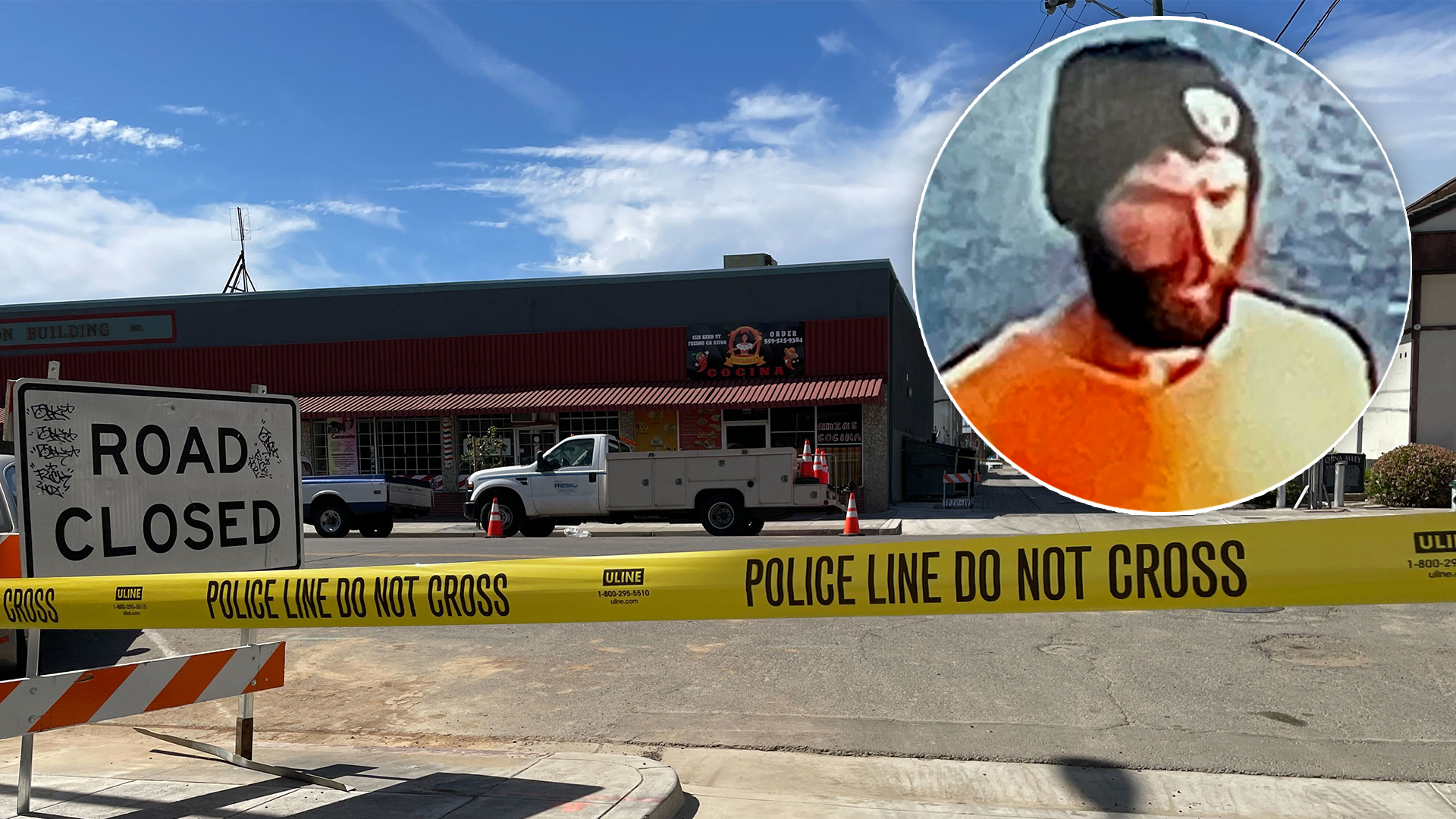'Bomb cyclone': What to know about this kind of monster storm
Bombogenesis occurs when the pressure of a storm drops at least 24 millibars in 24 hours.

As a major winter storm moves across the U.S. this week, it could undergo bombogenesis, or "bomb out," in the Midwest and the Plains.
Bombogenesis -- or a "bomb cyclone" -- occurs when the pressure of a storm drops at least 24 millibars in 24 hours. A millibar is a measure of atmospheric pressure inside a storm, telling meteorologists how strong or weak the storm system is.
It usually happens when warm air rises ahead of an arctic air mass with a strong jet stream moving above it.
SEE ALSO: Airlines issue travel waivers ahead of massive 'bomb cyclone' of wintry weather

The difference between the two air masses helps to strengthen the storm system, creating what's known as bombogenesis.
On the East Coast, it often happens when a storm system moves over or near the relatively warm Gulf Stream, adding moisture into the system.










